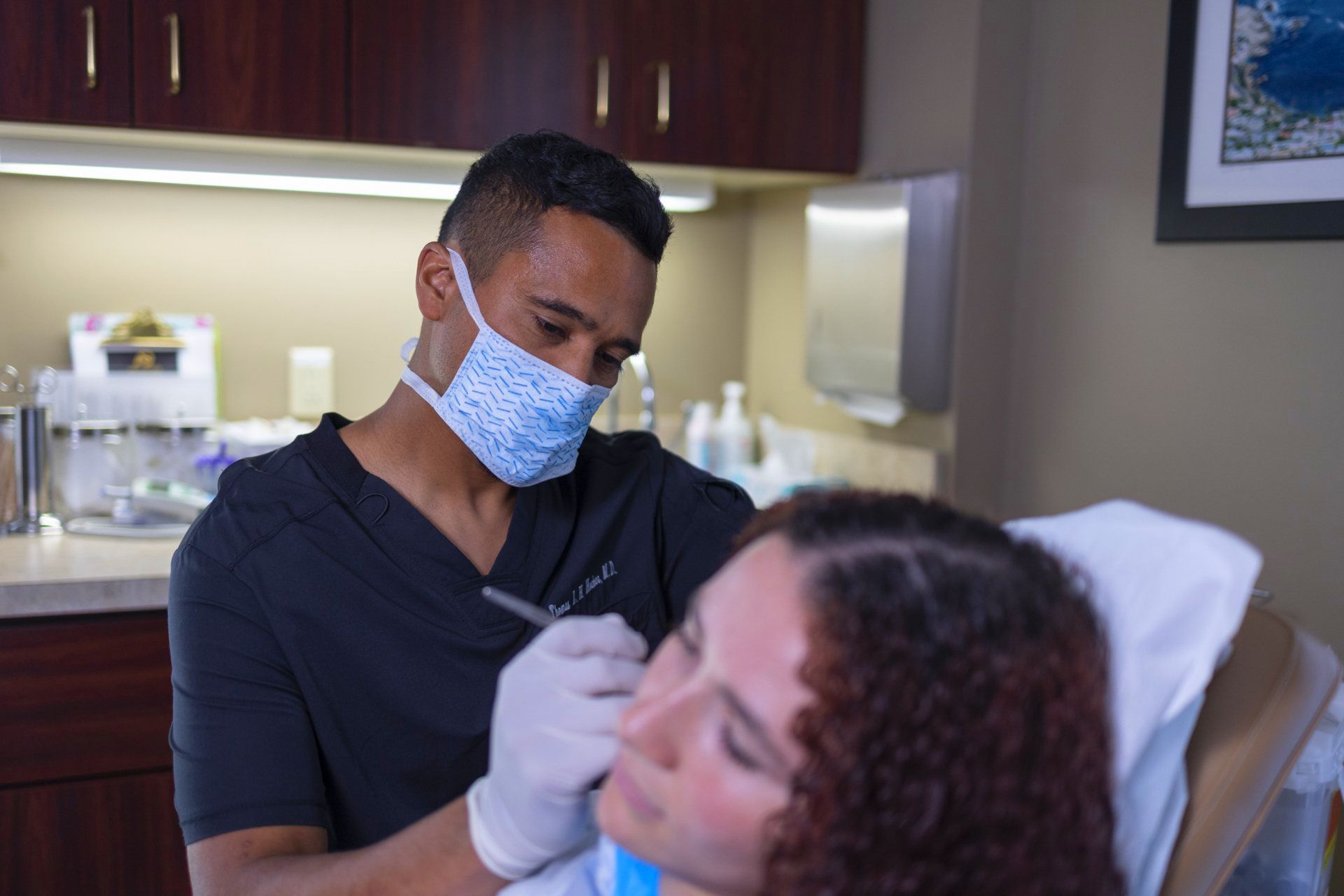The Importance of Self Skin Checks in Detecting Skin Cancer Early
Melanoma Mastery. Mohs Precision. Better Healing.
Skin cancer is the most common cancer in the U.S.—and when detected early, it is also among the most treatable. Dr. Thomas Hocker emphasizes that
patients play a key role
in their own skin health. A
monthly self-skin check takes 10–15 minutes and often leads to
earlier diagnosis, less invasive treatment, and
better cosmetic outcomes. Combine self-checks with
regular professional exams for the strongest protection.
Why Self Skin Checks Matter
Basal cell carcinoma, squamous cell carcinoma, and melanoma often begin as subtle changes. Catching them early can mean a simpler repair and faster recovery. Self-checks complement your dermatologist’s exam; they do not replace it.
How to Perform a Self Skin Check (Step‑by‑Step)
Set a recurring reminder each month. Use a full‑length mirror, a hand mirror, and good lighting. Consider taking reference photos to track changes over time.
Face & scalp
Examine nose, lips, ears (front/back), and hairline. Use a blow‑dryer and hand mirror to part hair for a thorough scalp check.
Hands & nails
Palms, backs of hands, between fingers, and under nails.
Arms & underarms
Include elbows, forearms, and sides of arms; lift arms to view underarms fully.
Torso
Neck, chest, abdomen. Women should check under breasts.
Back & shoulders
Use a hand mirror to inspect upper/lower back, shoulders, and back of the neck. Ask a partner to help if possible.
Legs & feet
Front and back of thighs and calves, ankles, tops and soles of feet, between toes, and under toenails.
What to Look For: The ABCDEs of Melanoma
● A – Asymmetry: one half doesn’t match the other.
● B – Border: irregular, ragged, or blurred edges.
● C – Color: multiple colors or uneven shades.
● D – Diameter: larger than 6 mm (pencil eraser)—though smaller lesions can be concerning if changing.
● E – Evolving: any change in size, shape, color, or symptoms such as bleeding or itching.
Also note the “ugly duckling”—a spot that looks different from your other moles. For non‑melanoma cancers, watch for persistent red/scaly patches, pearly or shiny bumps, sores that do not heal, or growths that bleed easily.
Partnering With Your Dermatologist
- Annual full‑body skin exams for most adults.
- More frequent checks if you have fair skin, a history of sunburns, organ transplant/immunosuppression, or prior skin cancer.
- Immediate evaluation if you notice anything new, changing, or symptomatic.
At ADS, Mohs surgery and same‑day reconstruction are available on site when needed. Dr. Hocker is Harvard‑ and Mayo‑trained, triple board‑certified, and among the top three worldwide by melanoma Mohs volume (2,400+ cases). Our exceptionally low infection rates reflect careful technique and thorough after‑care. We treat every patient like family.
Take charge of your skin health. Do your monthly self-check and schedule your professional exam with Dr. Hocker.






